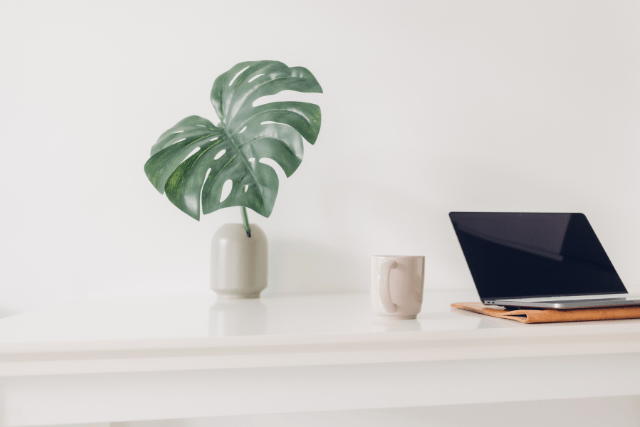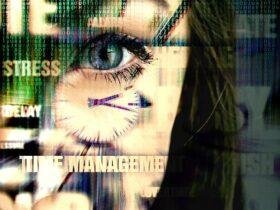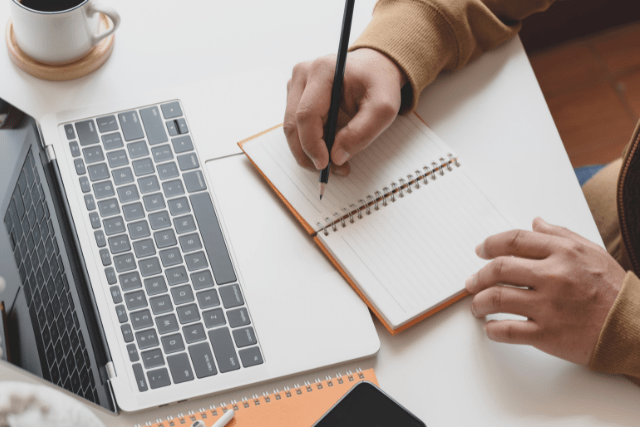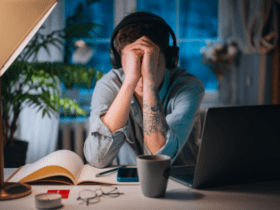Digital minimalism, which is all about streamlining and simplifying our digital interactions, can have many benefits that make us feel better.
We can determine what’s important to us online and eliminate distractions. Setting limits and taking regular breaks from technology can help us relax and stay in the moment. Knowing what we consume online can stop us from getting overwhelmed by information.
Doing things offline can help us connect with others and have a balanced life. Using minimalist design and user experience can make staying focused and more efficient easier.
Key Takeaways
- Digital minimalism promotes mental clarity and reduces stress.
- It allows for regaining control over time and attention.
- Increased productivity, enhanced focus, and improved sleep quality are benefits of digital minimalism.
- It leads to more meaningful connections and a greater sense of well-being.
What is Digital Minimalism?
Digital minimalism is a philosophy and lifestyle approach that emphasizes the intentional and mindful use of technology to reduce distractions, improve focus, and enhance overall well-being.
The concept was popularized by computer science professor and author Cal Newport in his book “Digital Minimalism: Choosing a Focused Life in a Noisy World.”

Why Should You Consider Digital Minimalism?
- Boosted Focus and Productivity: Imagine concentrating on what matters without those constant pings and notifications. By trimming down your digital clutter, you’re freeing up mental space for things that count, which leads to greater productivity and a sense of achievement.
- Less Stress, More Zen: The constant ping-pong of notifications can contribute to stress and anxiety. Digital minimalism allows you to set boundaries, taking charge of your mental well-being and helping you find peace in the digital chaos.
- Mastered Time Management: Less digital clutter equals more control over your time. By eliminating distractions, you can allocate your precious hours more wisely, focusing on activities that align with your goals and values.
- Tightened Security and Privacy: Cutting back on your digital footprint doesn’t just declutter your life—it also safeguards your personal information from prying eyes and potential security breaches.
- Rediscovered Offline Joys: Remember those moments when screens weren’t your constant companions? Digital minimalism encourages you to reclaim those experiences, fostering deeper connections with the physical world and genuine face-to-face interactions.
Practical Steps to Streamline Your Digital Life
- Conduct a Digital Cleanse: Take stock of your digital belongings—apps, social media, online subscriptions. Decide what’s truly essential and bid adieu to the digital clutter.
- Tame the Notifications Beast: Turn off notifications for non-essential apps. Trust us, you won’t miss much; your focus will thank you.
- Draw Digital Boundaries: Set designated times for email, social media, and other online escapades. This prevents random scrolling and cultivates a healthier relationship with technology.
- Unsubscribe with Gusto: Tools like Unroll.me are your allies against newsletter overload. Unsubscribe from those cluttering your inbox without mercy.
- Champion Single-Tasking: Quit juggling a million things at once. Focus on one task at a time and watch your concentration and productivity soar.
- Revel in Offline Adventures: Swap screens for real-world experiences—read a tangible book, go for a walk, try a new recipe, or reconnect with hobbies you’ve been neglecting.
- Digital Detox: Give yourself a break from the digital realm. Disconnect for a day or a weekend to recharge and reclaim your tech-free peace.
Embracing digital minimalism might be the refresh button you’ve been looking for. You’ll be amazed at how much more intentional, focused, and fulfilled you can become by simplifying your online life.
Ready to make that digital leap? Your well-being and productivity will surely thank you for it.

Frequently Asked Questions
How can we identify our digital priorities?
We can prioritize our digital activities to find balance online. On average, people spend over 3 hours a day on social media. To determine priorities, we should consider what’s important to us and make sure our online activities align with it. This involves focusing on activities that make us feel good, strengthen relationships, and help personal growth while limiting mindless scrolling and excessive screen time.
What are some practical tips for decluttering my digital spaces?
Here are some useful tips if you’re a high schooler who wants to tidy up your digital stuff. Delete unnecessary files and apps to free up space and reduce mess. Create folders or categories on your device to keep similar files together. Back up important files on an external hard drive or cloud storage platform. This will protect your data and make it easier to find when needed.
How do I set boundaries and establish digital detoxes?
Did you know the average person spends around 3 hours and 15 minutes on their phone daily? That’s quite a bit! Setting healthy limits with technology to care for ourselves and our relationships is crucial. Creating digital boundaries and scheduling designated phone-free times and areas can assist with this. By disconnecting from screens, we can fully appreciate the present moment, focus on self-care, and enhance our relationships.
What does mindful digital consumption look like, and how can I practice it?
Mindful digital consumption involves being aware of our online activities to protect our mental health. We can practice it by setting boundaries, such as limiting screen time and notifications. Mindfulness techniques, like meditation or deep breathing, can help us stay present and reduce stress caused by too much digital use. Practising mindful digital consumption can help us prioritize our well-being and create a safe space in the online world that encourages balance and positivity.
How can I cultivate offline hobbies and activities to reduce reliance on technology?
You can cultivate offline hobbies and engage in technology-free activities to reduce reliance on technology. Going for hikes or exploring local parks are great ways to connect with nature. Creative pursuits like painting, writing, or playing a musical instrument can also be a great way to express ourselves. Joining a sports team or participating in group fitness classes can help us make friends while staying active. These activities are a great way to take a break from tech and enjoy the present moment.
Conclusion
Digital minimalism can be beneficial for us. By decluttering our digital lives and setting limits, we can focus on what’s important to us. Surprisingly, the average person spends 2 hours and 22 minutes daily on social media! That’s almost one-third of our entire day!
Think of all the productive things we could do if we took back that time. So, let’s take control of our digital lives and reap the rewards of a more aware and purposeful approach to technology.















Leave a Reply